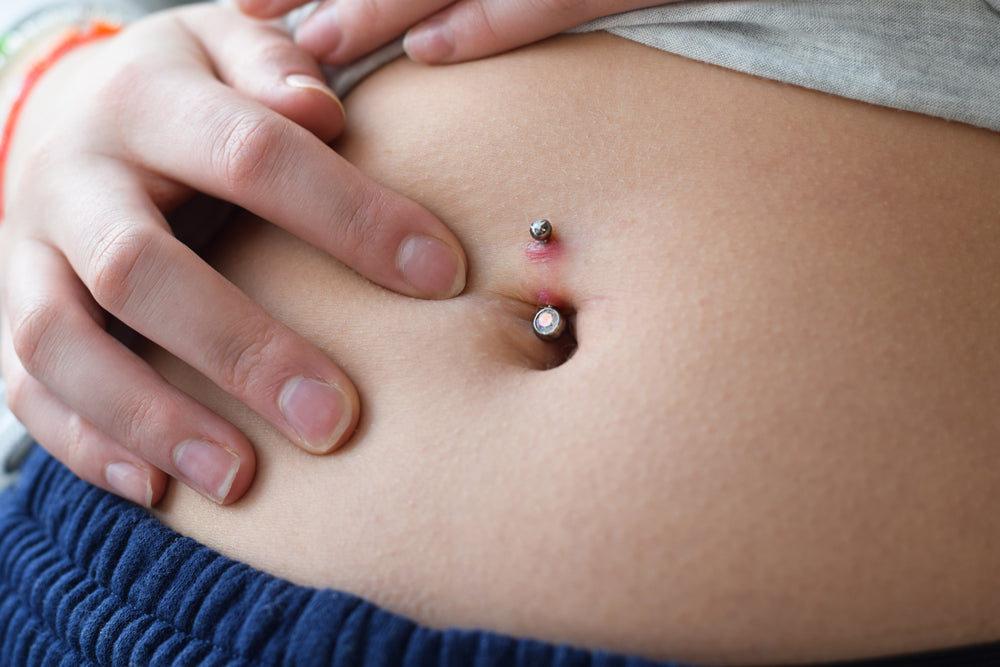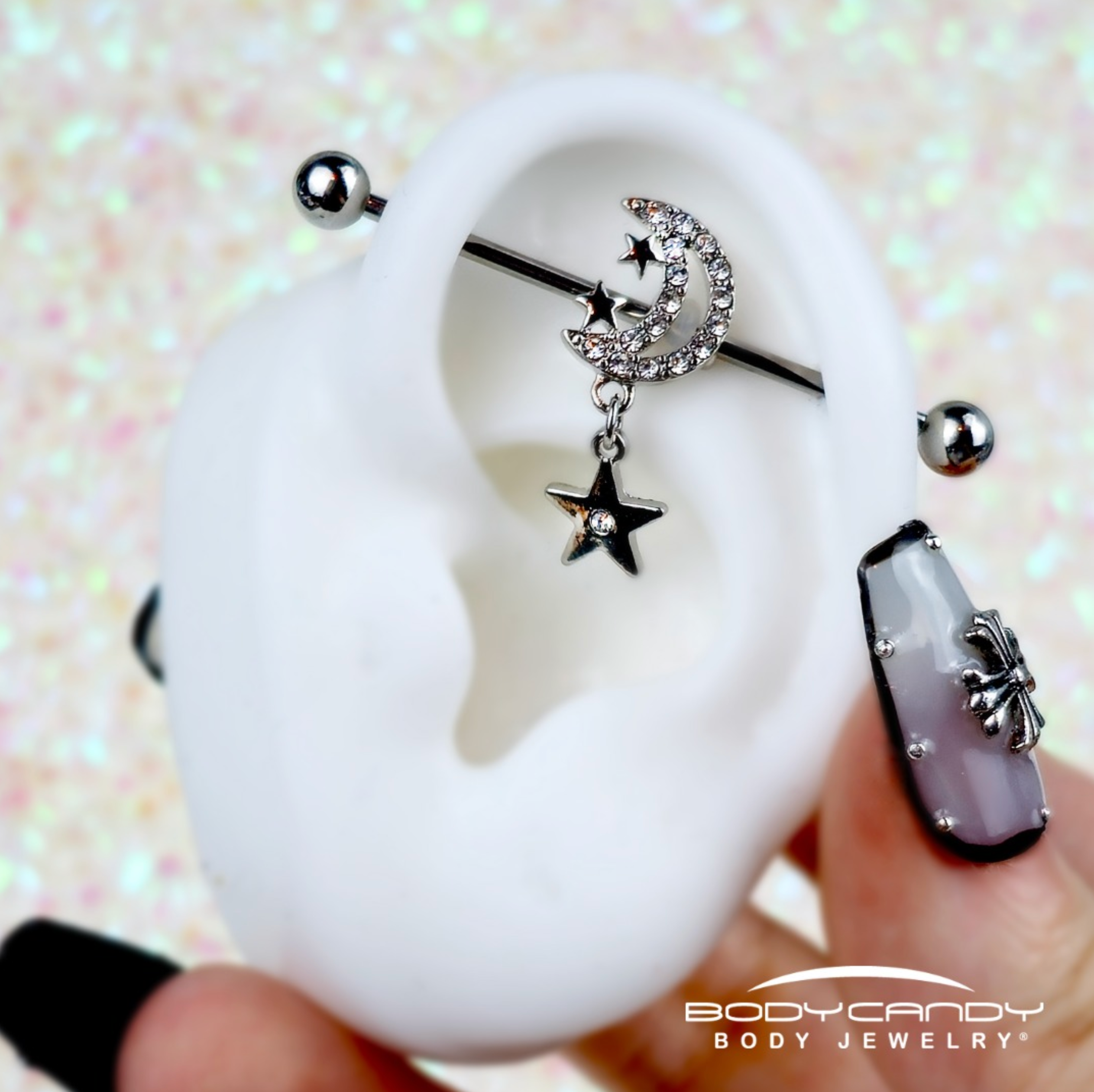So, you went and got that piercing you’ve been wanting…. Now what? Getting pierced is just the beginning of the process. The piercer is gone and now it’s your responsibility to heal your new addition and look after it. What do you clean it with? How do you know when to change it? What is that bump???? Take a breath and relax. We’re going to walk you through what to expect after you get pierced.
First of all, piercings heal from the inside out. The fistula (the hole your jewelry is sitting in) heals from the center outwards, with delicate new cells lining the tissue and creating a healed tunnel in your flesh. That is why it’s so important to listen to what your piercer tells you about healing times, and not changing your jewelry before then. All that jewelry moving in and out of the fistula can disrupt or damage those new cells and delay the healing process. Depending on the location, you may experience bruising or swelling for the first few days or weeks. Lip piercings are notorious for swelling while any piercing near the eye is liable to bruise.
Or you may experience itching. A nagging, bothersome itch that you must not scratch. Seriously. Don’t scratch. Healing tissue is itchy. That’s normal. Yes, it’s annoying. Don’t scratch, don’t touch your piercing unless you are actually cleaning it, and NEVER touch a fresh piercing with unwashed hands. But yes, that itch is normal. See our blog on the LITHA method for healing piercings -> click here to read more.
You may find that your piercing seems to be leaking. You wake in the morning to find yellow crusties on your piercing and your jewelry. You’re worried about metal allergies, or maybe it’s infected? (We told you, don’t touch your piercing with dirty hands.) So here’s the deal – clear yellow ooze and yellow crusties are all part of the healing process. It’s just lymph, a natural fluid the body secretes. If your ooze is opaque white, that could be pus. You should have the piercer take a look at what’s going on. If the discharge is green, you have an infection and you need to see a doctor. Pronto. Cleaning the piercing more often will not fix an established infection. Leave the jewelry in and go seek medical attention. If the discharge is red, you’re bleeding. Use a clean paper towel to clean up and then see what’s going on.
Your piercing is a bit red? That’s going to happen. A piercing is an injury to the body. The last time you got cut, the skin around the scab probably got a bit red? This is how the body heals. Since you are trying to heal a tunnel through your flesh instead of just the surface, it’s going to stay red a bit longer. Still normal. It should fade as your piercing heals. Don’t freak out and start putting tea tree oil on your piercing, redness is normal healing stuff.
Your piercing hurts? Of course it does! This just comes with the territory. There’s a new hole in your flesh that wasn’t there before. It’s going to be tender and if you got a cartilage piercing, it’s going to be tender for a while. Cartilage heals more slowly than skin.
In summation: If your piercing is swollen to the point of engulfing the jewelry, if you’ve got opaque white or green discharge, if the skin seems to be shrinking away from the jewelry or the jewelry is becoming more and more visible, or if whatever is going on is getting increasingly worse, you need to get your piercing looked at. Otherwise, clear yellow discharge, some swelling and redness, discomfort – these are all totally normal and nothing to stress over. Obviously, if you think there is something seriously wrong with your piercing, please go get seen by a doctor. The healing power of the human body is an impressive thing. If you do your best to keep your piercing clean and let it alone to heal, you’ll find out for yourself! Don’t panic, and happy piercing!









